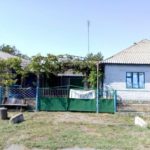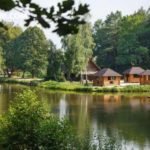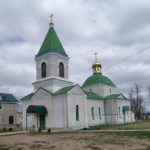What kind of landscape did our immigrant forebears leave behind? What did “home” look like to the Chalewsky family? While we can get some information about Krivoye Ozero (“Curve Lake”), the sad truth is that most, if not all, Jewish structures are long gone. Most of the property owned by Jews was destroyed in the pogrom of November-December, 1919. During World War II, the town was in the path of one of the routes taken by the Einsatzgruppen killing units; you can draw a likely conclusion about the fate of the Jews of “Krivizer,” as the town was called in Yiddish.
The following material was taken from the website Ukraina Incognita and translated using Google Translate (and therefore, is less than entirely satisfactory). I cannot vouch for the accuracy of the information nor can I name the specific author or tell you the date of the post. The photos were inserted by me and can, along with many more, be viewed at the website. Clicking on any photo will enlarge it.
The village of Curve Lake is located on the E-95 highway 180 km from Odessa. This is a district center in the Mykolaiv region, in which about eight thousand people now live.
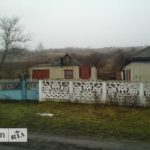
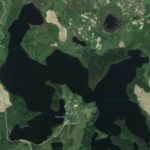
A sort of typical provincial center of public life. Silent streets with bad asphalt (now, the blessing of power is working hard, it is bad to say the least), the district council with grandfather Lenin, the pedestrian zone, the existence of which can be explained by the phrase “so it was”, well, etc.
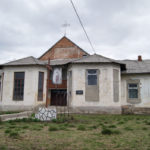
But the two churches, unusual for the eyes of the residents of Kyiv region, architecture, a Roman Catholic church, an old mill building, old residential buildings – all indicate that Curve Lake is not so simple.
In the historical arena, Krivoe Ozero appeared at the end of the 17th century – then the legendary Cossack colonel Semyon Paly broke the Nogai Tatars here. But it was not a settlement, but the lake itself, on which the settlement later arose. And it arose in the second quarter of the 18th century through the efforts of the Polish magnate, Bratslav governor Stanislav Lubomirski, who built fortified farms on the banks of the Kodyma River and settled them with multi-ethnic settlers. These settlements entered the lands of the Bratslavshchina and were supposed to protect the southern borders of the Polish-Lithuanian Commonwealth from the Tatar raids.
The Curve Lake originated at the intersection of important Chumyk routes and began with a roadside Jewish tavern not far from the lake (which now has no trace left). And then it went, went …
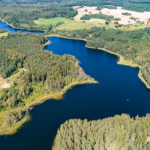
In 1764 there were 40 houses in Curve Lake. Gradually, the village has increased significantly. According to the materials of the first imperial census (1897), almost four and a half thousand people lived in the settlement, and it was a town.
The first Orthodox church appeared in Curve Lake immediately after its foundation. But at the end of the 18th century the temple burned down. A chapel and a stone cross were placed in its place. In 1824, parishioners saved up money and built themselves a new temple – the Church of the Nativity of the Virgin Mary, which still stands today.
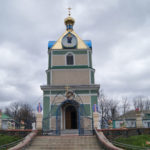
True, in 1890 the temple was reconstructed. At the same time the bell tower was attached (the landowner Shirochenko allocated funds for its construction). Nowadays, the Church of the Nativity of the Virgin is the main Orthodox church in the village and is especially respected by the Boyks, who were repressed from Western Ukraine.
